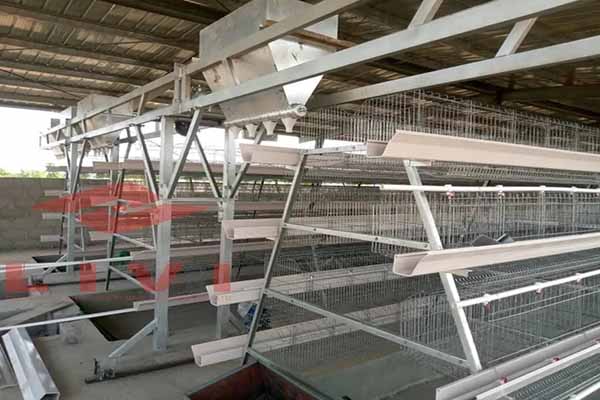How to Start a Chicken Farm in Malaysia: A Comprehensive Guide
Time : 2025-04-17
Starting a chicken farm in Malaysia can be a rewarding venture, but it’s important to do it right. Whether you’re looking to enter the poultry industry for business or as a hobby, this guide will walk you through the essential steps to get your chicken farm up and running. Let’s dive in!
1. Research and Planning
1.1 Understand the Market
Before you start, research the market in Malaysia. Look into the demand for chicken products, the competition, and the potential for growth. Visit existing farms, talk to farmers, and understand the current trends.
1.2 Create a Business Plan
A well-thought-out business plan is crucial. Outline your goals, strategies, and financial projections. Consider the following:
– Target Market: Who will buy your chicken products? Supermarkets, restaurants, or direct to consumers?
– Marketing Strategy: How will you promote your farm and products?
– Financial Projections: Estimate your startup costs, ongoing expenses, and potential profits.
2. Legal Requirements
2.1 Obtain Necessary Permits
Malaysia has specific regulations for poultry farming. You’ll need to obtain the following permits:
– Livestock Farming License: Issued by the Department of Veterinary Services.
– Environmental Permit: To ensure your farm complies with environmental standards.
– Food Safety Certificate: To ensure the safety of your products.
2.2 Health and Safety Regulations
Ensure your farm adheres to health and safety standards. This includes biosecurity measures to prevent diseases from spreading.
3. Choose the Right Location
3.1 Access to Resources
Look for a location with easy access to water, electricity, and transportation. The site should also be suitable for the type of chicken farming you plan to do.
3.2 Size of the Farm
The size of your farm will depend on your budget and the scale of your operation. Start small and expand as your business grows.
4. Select Your Chicken Breed
4.1 Consider Your Goals
Choose a chicken breed that aligns with your farming goals. For example:
– Broiler Chickens: Ideal for meat production due to their fast growth rate.
– Layer Chickens: Best for egg production, as they lay eggs throughout their lifespan.
– Dessert Chickens: Known for their ornamental value and tasty meat.
4.2 Health and Adaptability
Ensure the breed you choose is healthy and adaptable to the local climate.
5. Build Your Chicken Coop
5.1 Design and Construction
Design a coop that provides comfort, protection, and easy access for maintenance. Consider the following:
– Size: Ensure there’s enough space for the chickens to move around.
– Ventilation: Proper ventilation is crucial for temperature control and air quality.
– Nesting Boxes: Provide nesting boxes for layer chickens.
5.2 Equipment and Supplies
Invest in the necessary equipment, such as feeders, waterers, and heating/cooling systems.
6. Feeding and Watering
6.1 High-Quality Feed
Choose a high-quality feed that meets the nutritional needs of your chickens. Consult with a veterinarian or a poultry nutritionist to determine the best feed for your breed.
6.2 Clean Water
Ensure your chickens have access to clean, fresh water at all times.
7. Health Management
7.1 Regular Check-ups
Schedule regular health check-ups for your chickens. Early detection of diseases can prevent outbreaks and save you money.
7.2 Biosecurity Measures
Implement biosecurity measures to prevent the spread of diseases. This includes regular cleaning and disinfection of the coop, and controlling access to the farm.
8. Marketing and Sales
8.1 Build Your Brand
Create a strong brand identity for your farm. Develop a logo, tagline, and marketing materials.
8.2 Distribute Your Products
Decide how you will distribute your chicken products. You can sell directly to consumers, supply supermarkets, or partner with restaurants.
9. Financial Management
9.1 Budgeting
Keep a detailed budget to track your expenses and income. Monitor your finances regularly to ensure your business remains profitable.
9.2 Financial Planning
Plan for future investments and expansions. Consider seeking funding or loans if necessary.
Conclusion
Starting a chicken farm in Malaysia requires careful planning and dedication. By following these steps, you can lay a solid foundation for a successful poultry operation. Remember, persistence and a passion for farming are key to long-term success.
—












